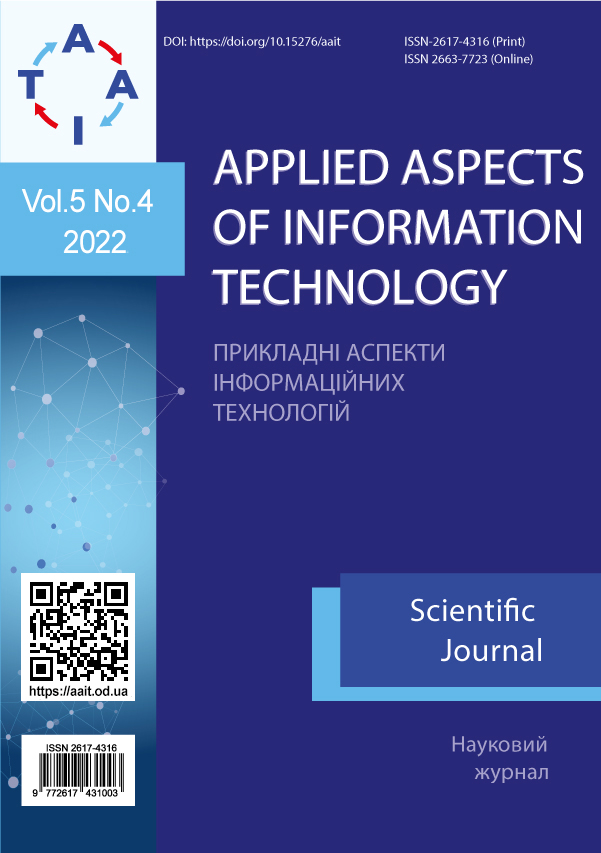Development of a universal binary classifier of the state of artillery barrels by the physical fields of shots
Main Article Content
Abstract
An artillery shot is accompanied by the release of combustion products of powder gases from the barrel. It is proposed to use muzzle ejection to classify the level of barrel wear during firing. A full-scale experiment was carried out with high-speed video recording in the visible and infrared ranges of the dynamics of the development of muzzle ejection when firing guns with a defectfree and worn barrel. Muzzle ejection when fired from a large-caliber gun consists of three spatial regions: frontal and two side, associated with the emission of powder gases through the openings of the compensators. A technique for analyzing three synchronized video streams has been developed. The technique made it possible to quite fully investigate the processes of muzzle ejection development dynamics in defect-free and worn barrels. Informative signs are chosen, which are different for the dynamics of muzzle ejection from defect-free and worn barrels. This made it possible to build a binary classifier of the condition of the trunks by the level of wear based on the support vector machine with least squares. In contrast to the classical SVM classifier, this allowed us to reduce the calculation time and reduce the required size of the training set. To assess the quality of classification, it is proposed to rely on only errors of the first and second kind, but also an integral indicator – the probability of error-free classification. To increase the reliability of the classification, the concept of a universal binary classifier is proposed, which uses both video recording of the muzzle ejection and acoustic fields of the shot – ballistic and muzzle waves – to diagnose the state of the barrel. On the basis of experimental data, it is shown that the use of all physical fields accompanying an artillery shot for the binary SVM classification allows obtaining a high value of the error-free classification probability.



